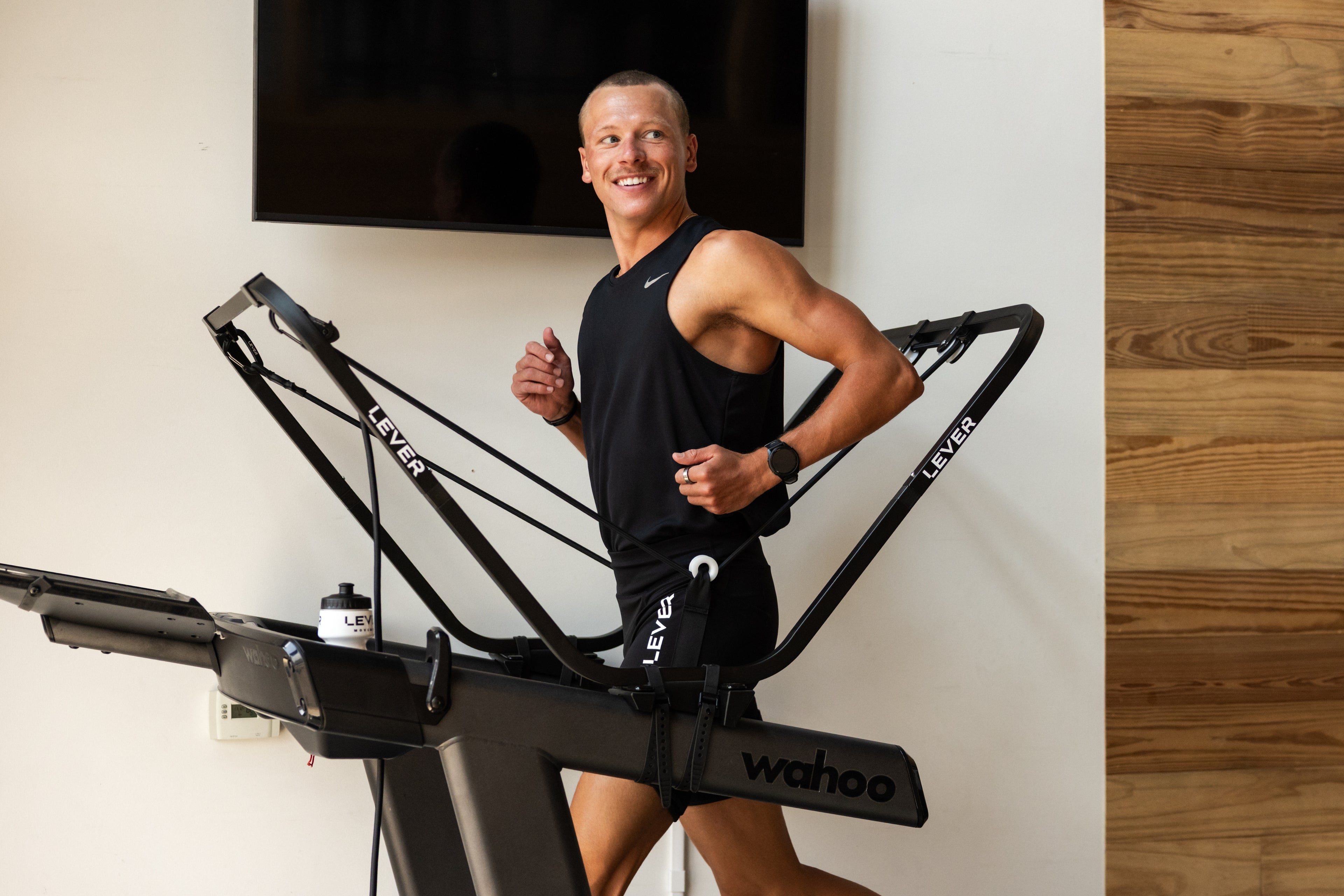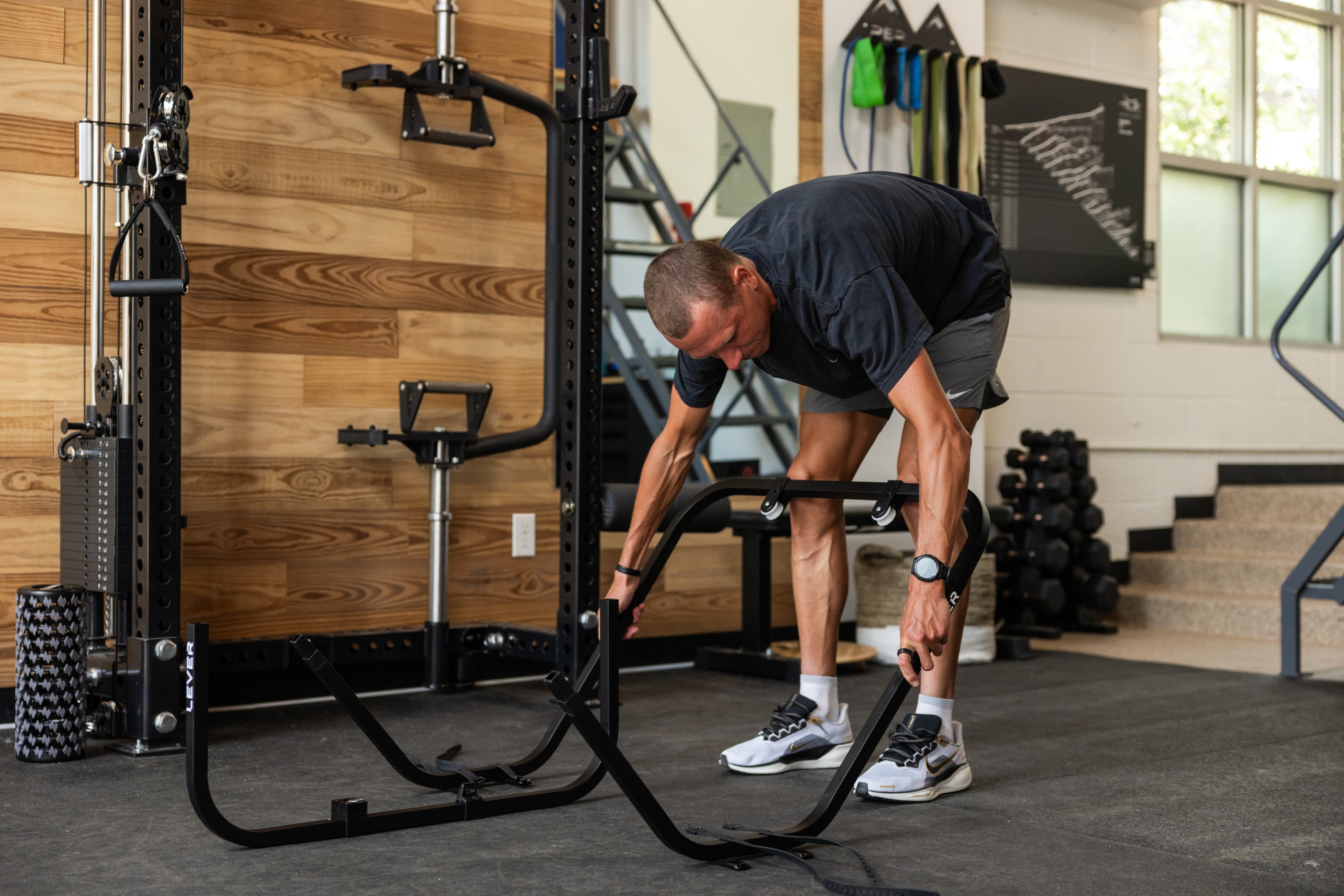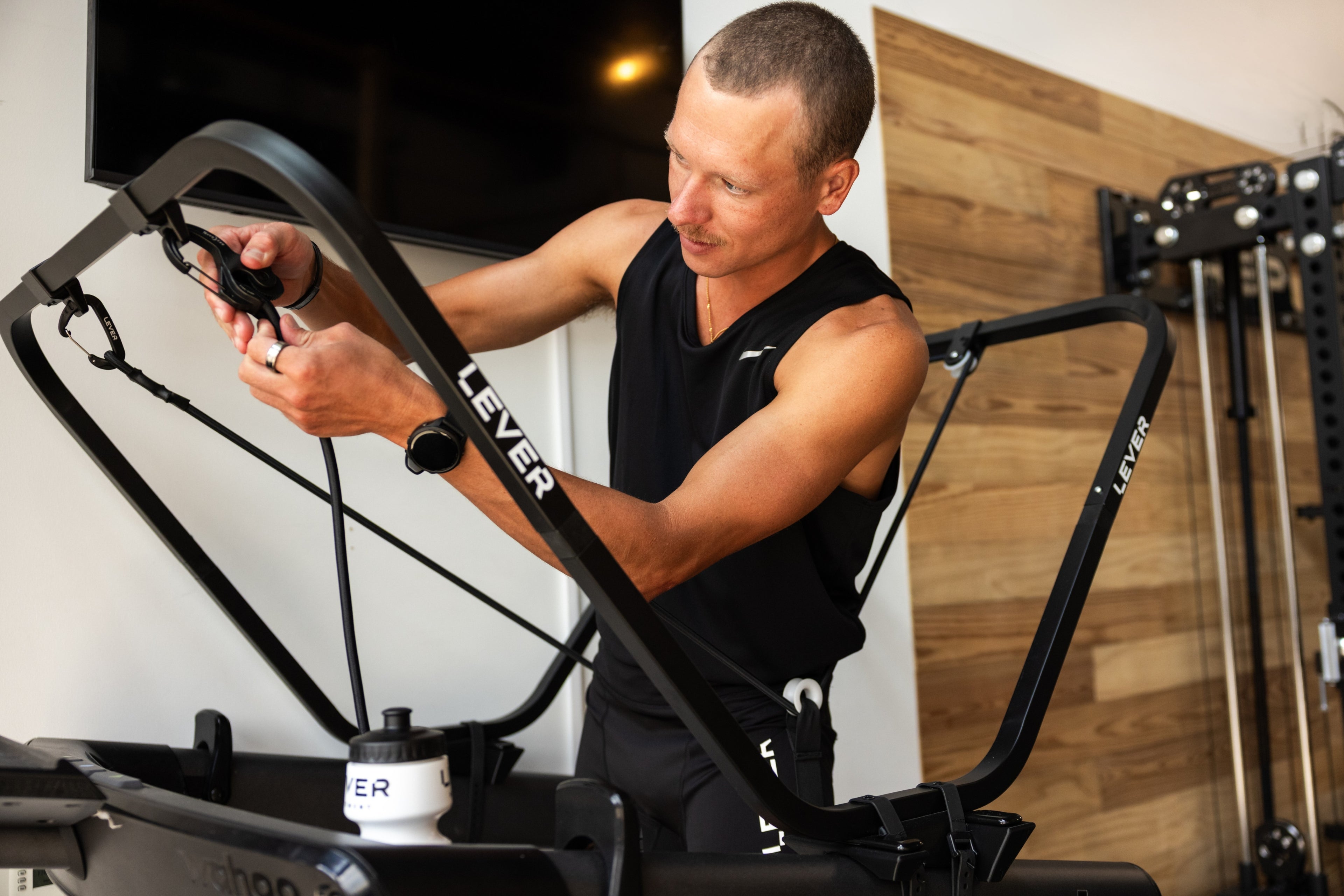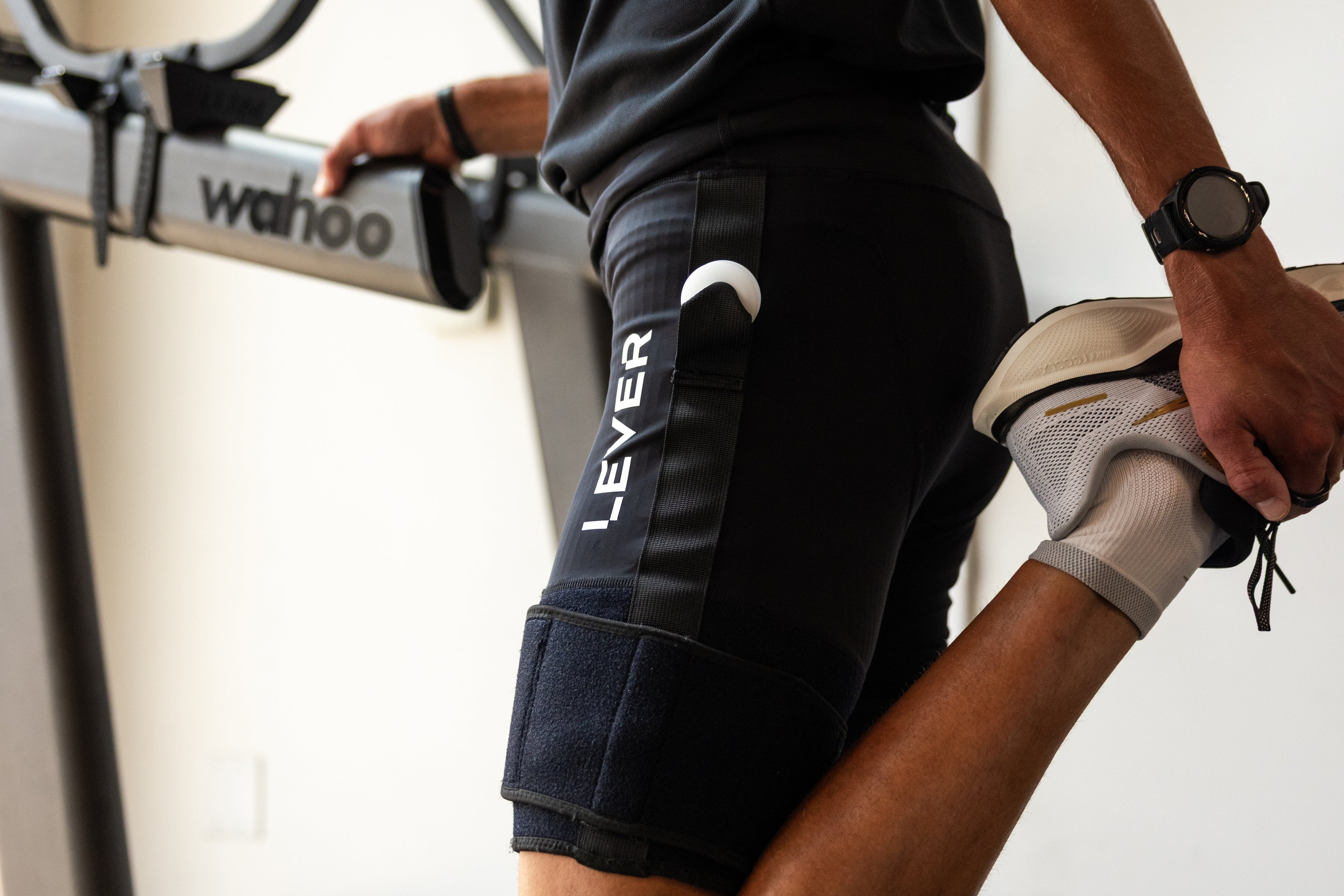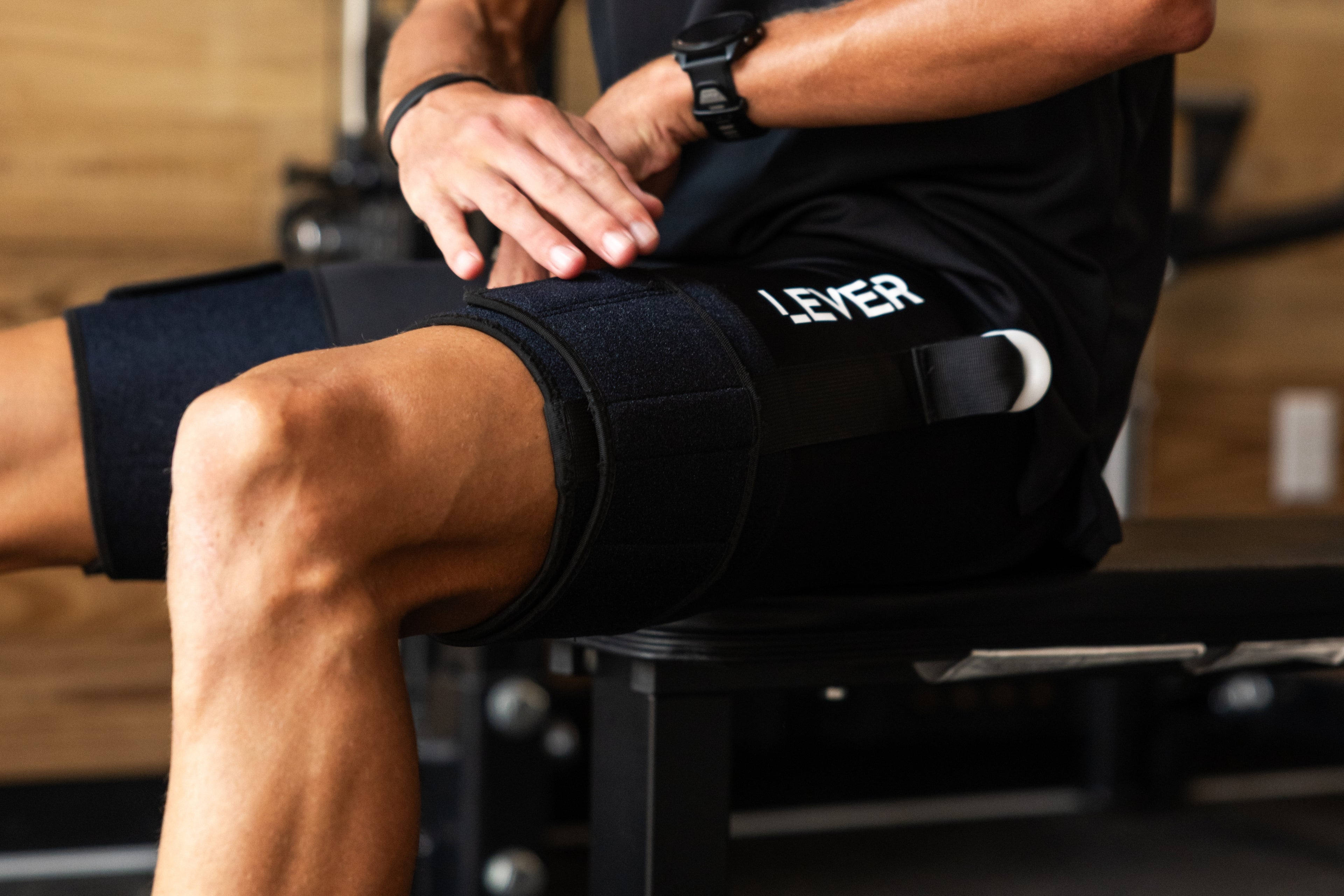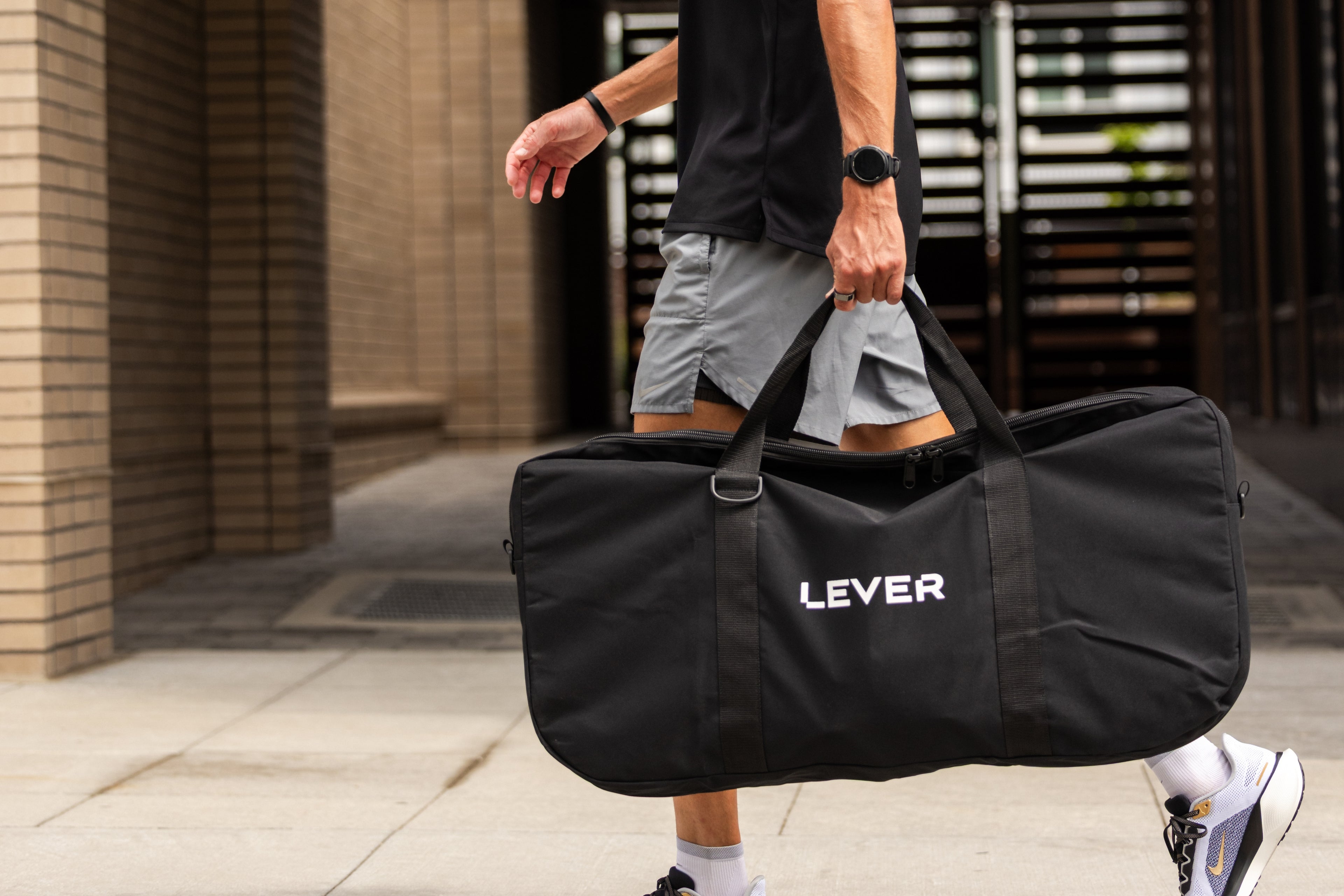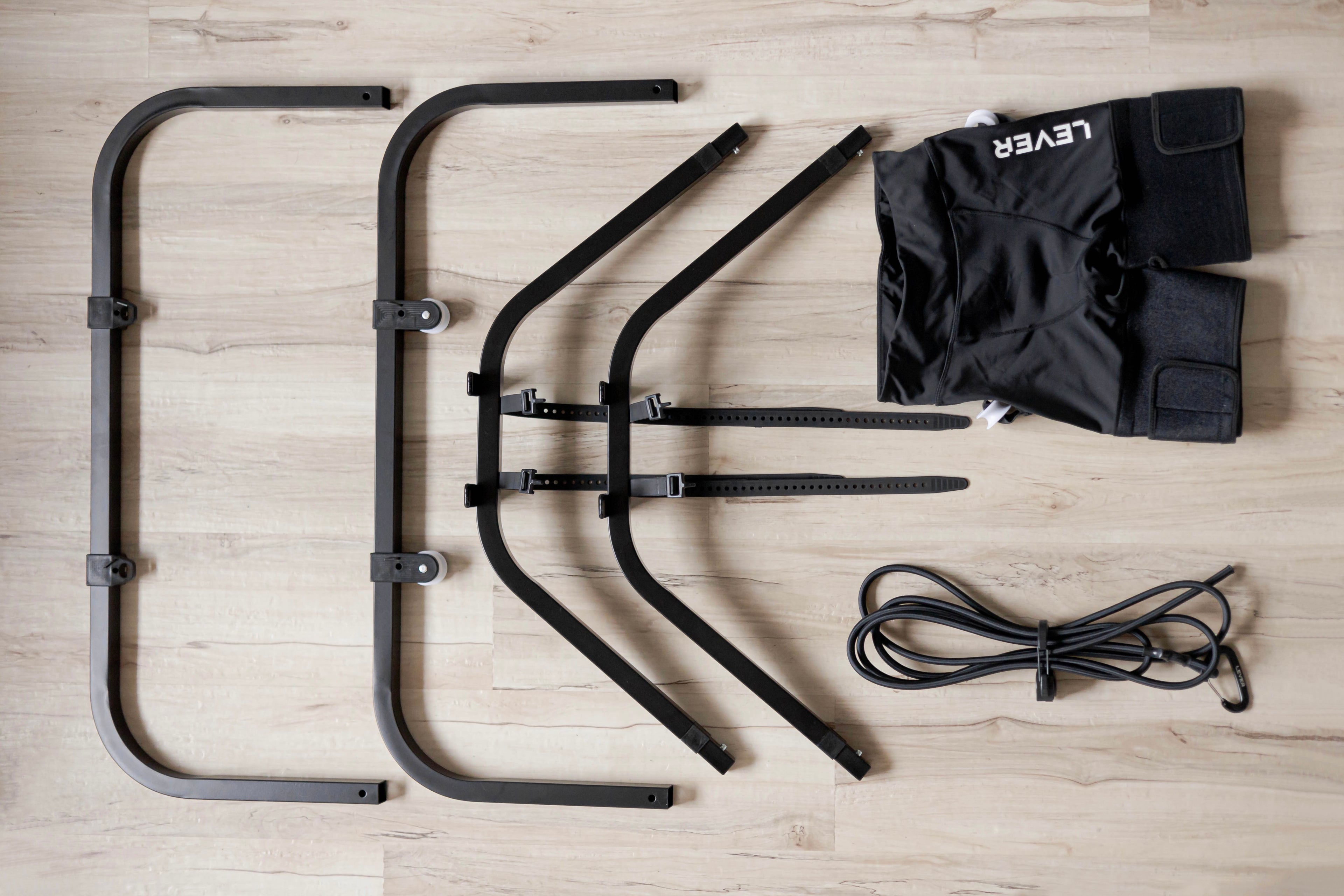Running is a beloved activity for many, offering immense health benefits. However, injuries are often an unfortunate reality in a runner's life. The key to successfully overcoming these setbacks lies not only in treatment and rest but also in utilizing advanced recovery tools like LEVER's body weight support system. Here’s how you can tackle running injuries effectively this New Year and not be sidelined due to many of the common running injuries:
Understanding Common Running Injuries
Common injuries among runners include Runner's Knee, Shin Splints, Achilles Tendinitis, Plantar Fasciitis, and IT Band Syndrome. Recognizing these early and understanding their causes is crucial.

Prevention Strategies
If you are putting many miles in your legs to get ready for a marathon or an Ironman, sometimes injuries are nearly impossible to avoid. However, to do your best to prevent them, it's essential to warm up correctly, engage in strength training, choose appropriate footwear, increase running intensity gradually, and ensure adequate rest and recovery.
And even if they are impossible to avoid, reducing your body weight while exercising, reduces your pain score. If it's appropriate to use the pain management protocol through your injury recovery process, it's likely you'll be able to offload body weight and run through many of the common running injuries, like Shin Splints and Runner's Knee. See this article where our Cofounder, Brad Miles, ran through Jumper's Knee and took the win at a Leadville Ultramarathon.
Innovative Recovery with LEVER's Body Weight Support Tool
When faced with an injury, here’s how LEVER's tool can be a game-changer in your recovery process:
- Reduced Impact: LEVER's system allows you to run with reduced body weight, lessening the impact on your joints and injured areas. Decreasing body weight, decreases your pain score, allowing you to run through many of the common running injuries.
- Maintain Fitness: Even while injured, you can continue running or walking at a reduced body weight without aggravating your condition, helping to maintain your fitness levels.
- Gradual Rehabilitation: As you recover, you can gradually decrease the percentage of the body weight being supported, slowly transitioning back to normal running conditions. For run-stopping injuries like Stress Fractures, return to run protocols begin around 70-75% of body weight and incrementally increase.
- Improved Running Form: Unloading a portion of your body weight can also be used to improve running form (since you will be able to hold the proper gait and form for longer), which in turn can help prevent future injuries.
Dealing with Injuries
In addition to using LEVER's body weight support tool, follow these steps:
- Rest and Ice: Initially, give your body a break.
- Professional Consultation: Seek advice for persistent pain.
- Cross-Training: Engage in low (or no) impact activities.
- Rehabilitation Exercises: Follow prescribed exercises to strengthen the injured area.
Learning from Injuries
Injuries offer an opportunity to analyze and improve your running form, reassess your nutrition and hydration, and build mental strength. Although injuries can be very difficult to go through in the moment, try to look at the big picture and see how you can use this injury to comeback even stronger.
If you'd like to begin your return to run from injury pain free, try LEVER's award winning device! You can start renting a system from $99/month today.












